Latin America produces some of the world’s most exceptional coffee, with regions spanning from Mexico to Brazil cultivating beans that reflect distinct terroirs, processing methods, and cultural traditions. For backpackers, following the coffee trail provides a unique framework for exploration that combines agricultural tourism, cultural immersion, and spectacular landscapes beyond typical tourist routes.
This caffeinated journey offers a perfect mix of adventure, education, and sensory pleasure while connecting travelers with the communities and environments that produce their morning brew.
Here is a list of 20 essential experiences along Latin America’s coffee trail that backpackers won’t want to miss.
Colombia’s Coffee Triangle
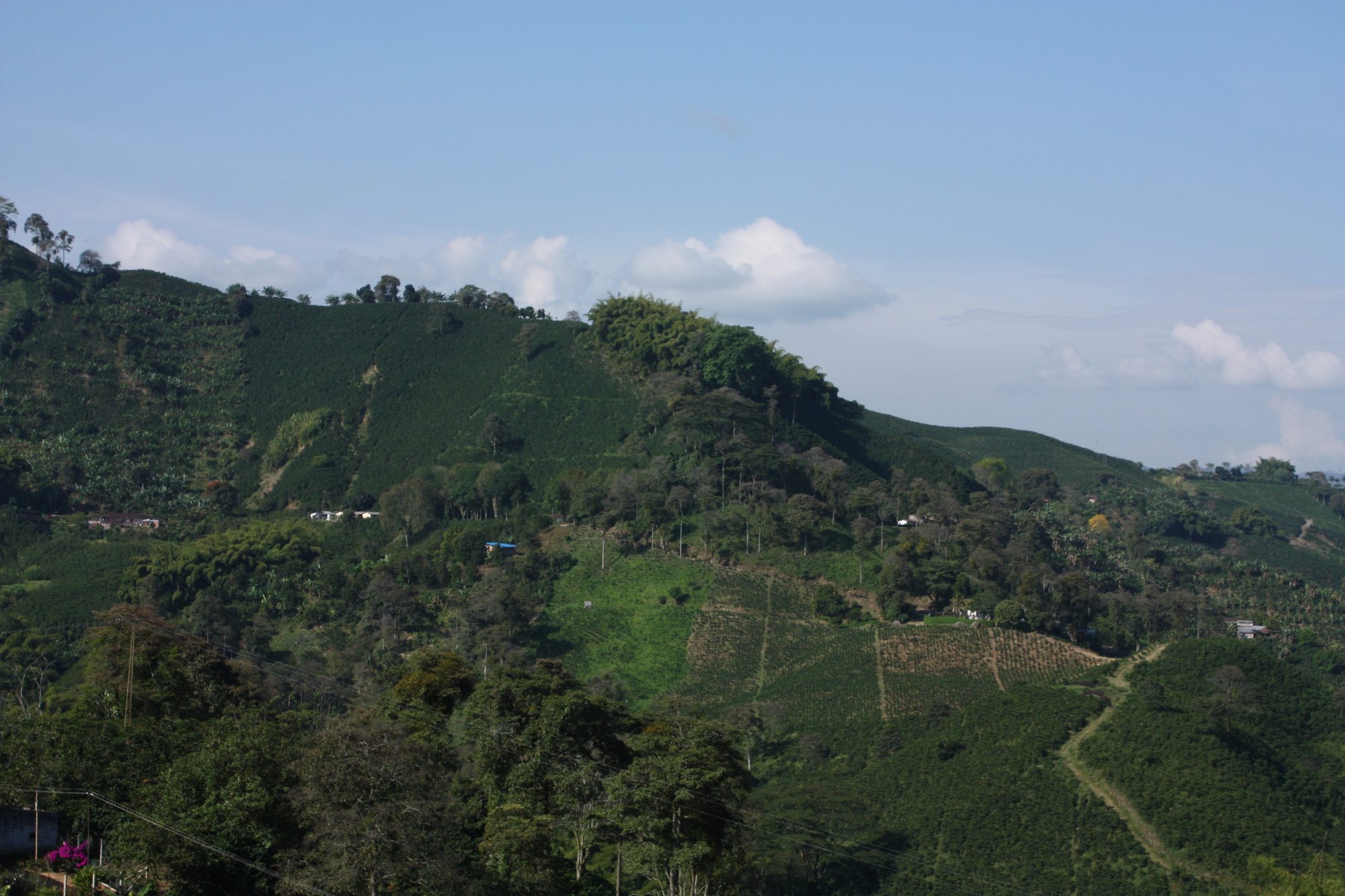
Nestled between three mountain cities—Armenia, Pereira, and Manizales—this UNESCO-recognized region offers the quintessential coffee experience. Small family fincas welcome visitors for tours and tastings, while restored coffee haciendas provide unique accommodations among lush plantations.
The nearby Valle de Cocora, with its towering wax palms, provides spectacular hiking opportunities to walk off your caffeine buzz.
Antigua, Guatemala
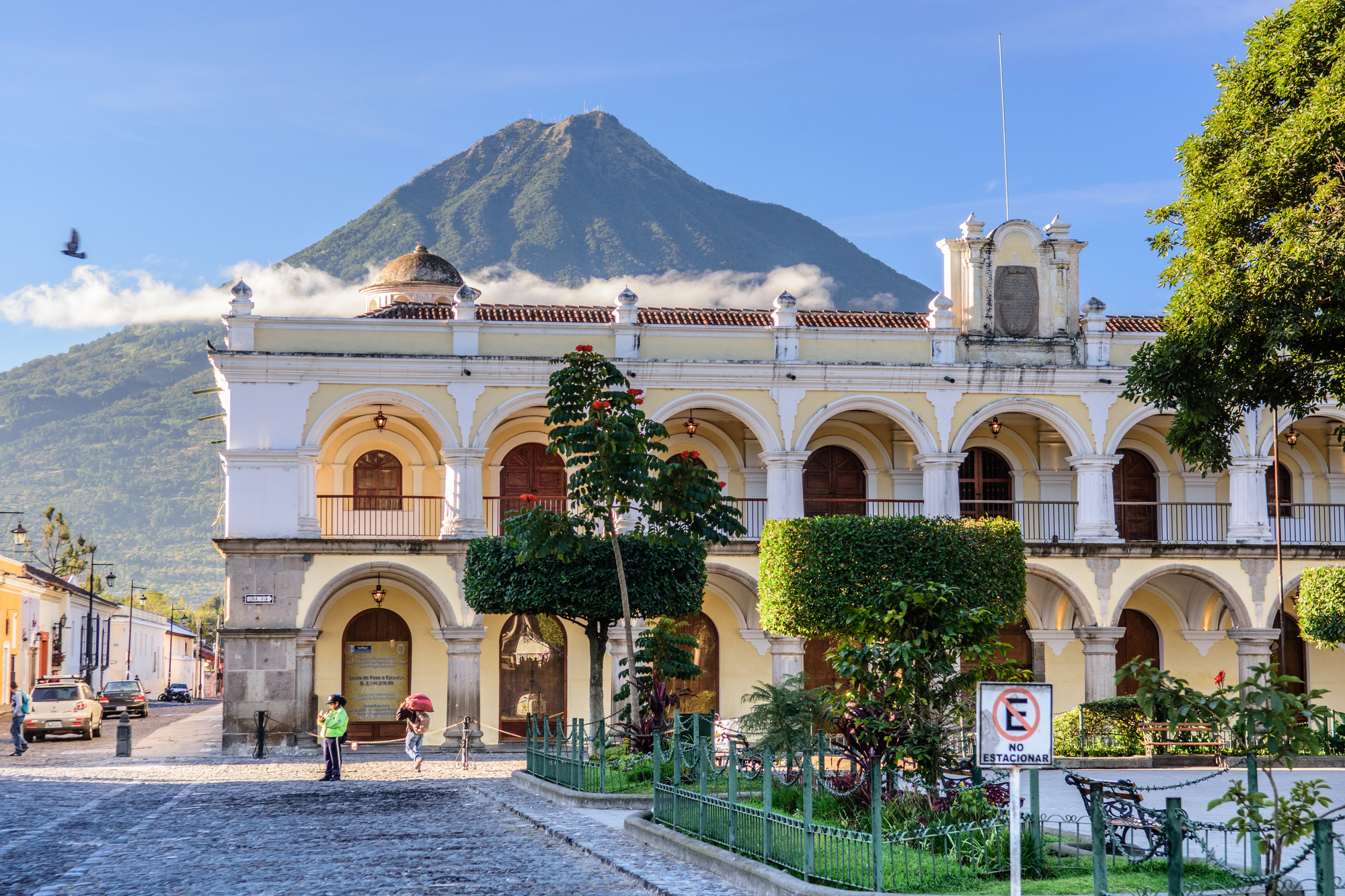
The volcanic soil surrounding this colonial gem creates ideal conditions for growing some of Central America’s most celebrated beans. Local cooperatives offer farm tours during peak season from December to March, where travelers learn traditional cultivation methods and even participate in harvests.
The city’s cobblestone streets lined with pastel-painted buildings provide a photogenic base for coffee explorations, with numerous cafés showcasing single-origin beans from nearby highlands.
Costa Rica’s Central Valley
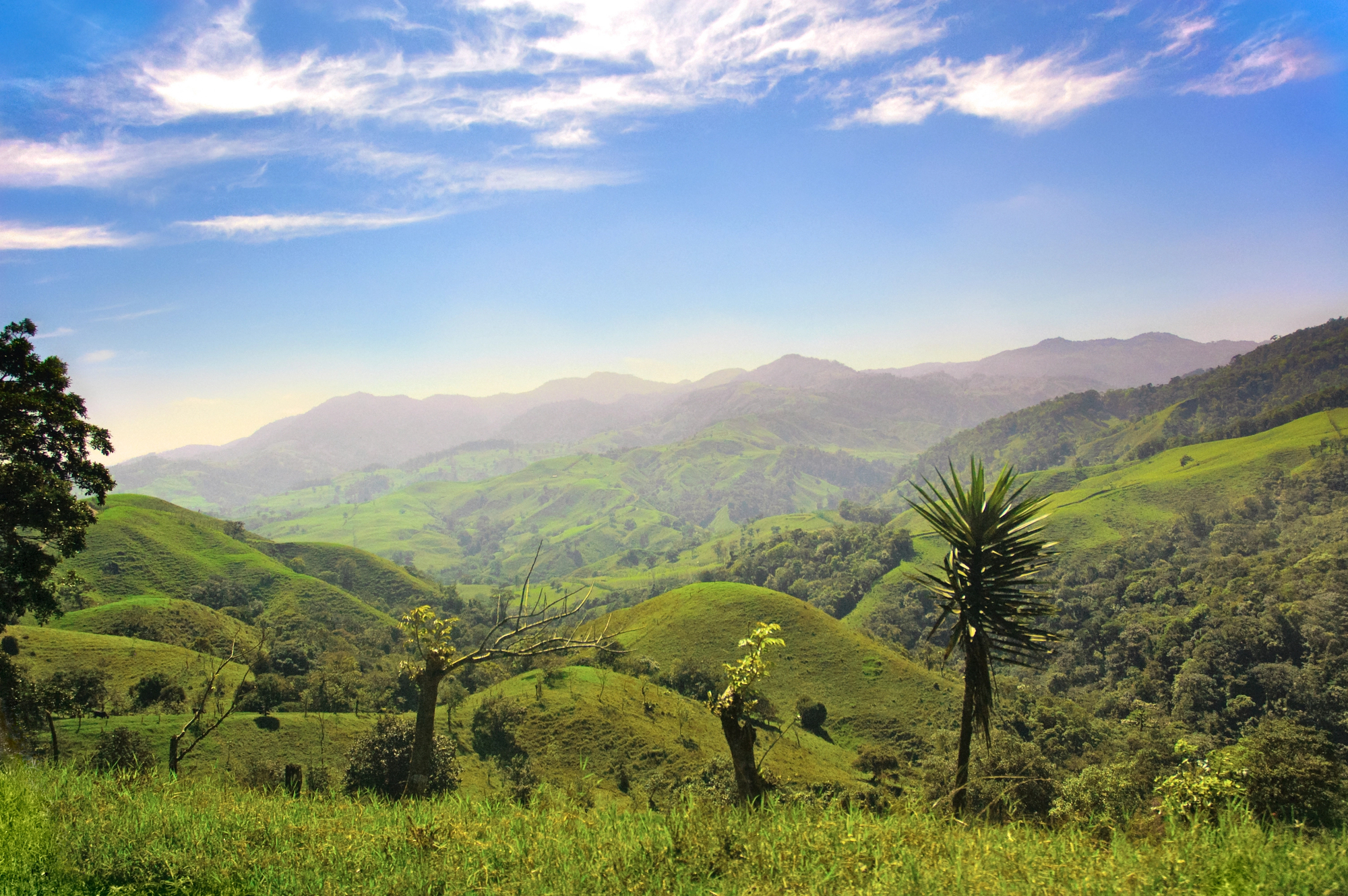
Just outside San José, the Central Valley combines accessibility with authentic coffee culture away from coastal tourist zones. Major producers like Doka Estate demonstrate industrial-scale production, while smaller operations showcase sustainable growing practices that protect Costa Rica’s remarkable biodiversity.
The region’s elevation produces beans with bright acidity and complex flavor profiles that have defined Costa Rican coffee’s premium reputation.
Like Travel Pug’s content? Follow us on MSN.
Boquete, Panama
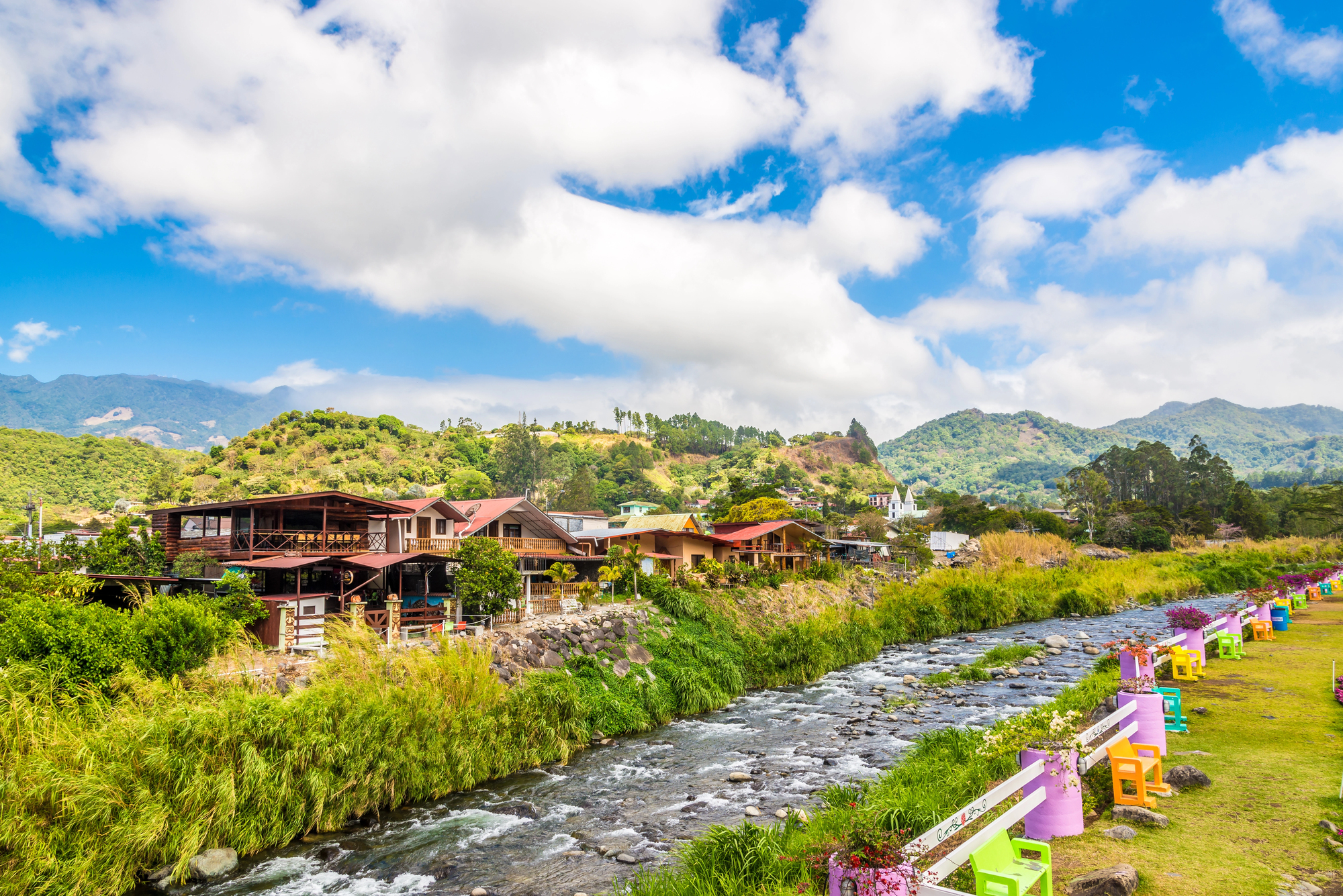
This mountain town nestled in Panama’s highlands has earned global recognition for producing the coveted Geisha variety, which routinely breaks auction price records. Budget-conscious backpackers can volunteer with small producers during harvest season in exchange for accommodation and meals, gaining hands-on experience with one of the world’s most prestigious coffee varieties.
The surrounding cloud forests offer excellent hiking with opportunities to spot the resplendent quetzal between farm visits.
Huila, Colombia

South of the more famous Coffee Triangle, Huila’s remote location rewards intrepid backpackers with exceptional beans and fewer tourists. Indigenous communities in this region maintain traditional cultivation methods that produce award-winning coffees known for chocolate and caramel notes.
Local transportation requires patience, but connecting with community tourism initiatives provides authentic homestay experiences in working coffee households.
Chiapas, Mexico

Mexico’s southernmost state combines Mayan cultural heritage with excellent organic coffee production in the highlands surrounding San Cristóbal de las Casas. Zapatista cooperatives offer insight into how coffee cultivation intertwines with indigenous autonomy movements and fair trade practices.
The region’s bean quality has improved dramatically in recent years, with bright, clean cups that challenge outdated perceptions of Mexican coffee.
Like Travel Pug’s content? Follow us on MSN.
Coatepec, Veracruz, Mexico
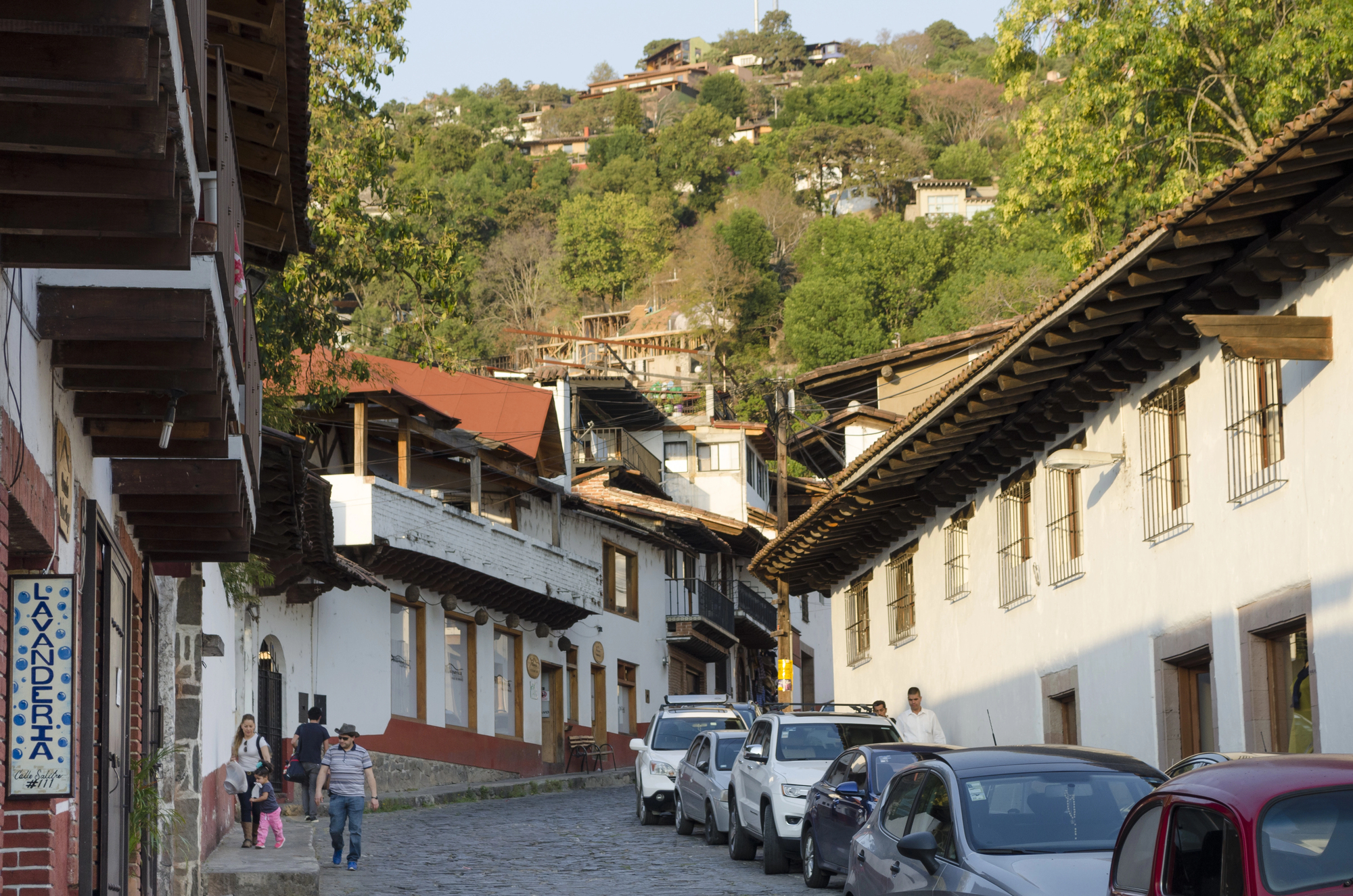
This lesser-known ‘Pueblo Mágico’ in central Veracruz offers a coffee experience without crossing the entire country to Chiapas. Lush, misty mountains create ideal growing conditions for beans with notes of citrus and chocolate that have earned the region-protected designation of origin status.
The colonial architecture and weekly markets provide a cultural context for coffee that has been cultivated here since the late 18th century.
Tarrazu, Costa Rica

Known as Costa Rica’s premier growing region, Tarrazu’s high elevation and ideal climate produce beans with distinctive acidity and sweetness that command premium prices. Small boutique mills have proliferated in recent years, experimenting with honey and natural processing methods that create complex flavor profiles.
Backpackers with limited time can easily visit as a day trip from San José, though deeper exploration rewards with stunning mountain scenery.
Oaxaca, Mexico
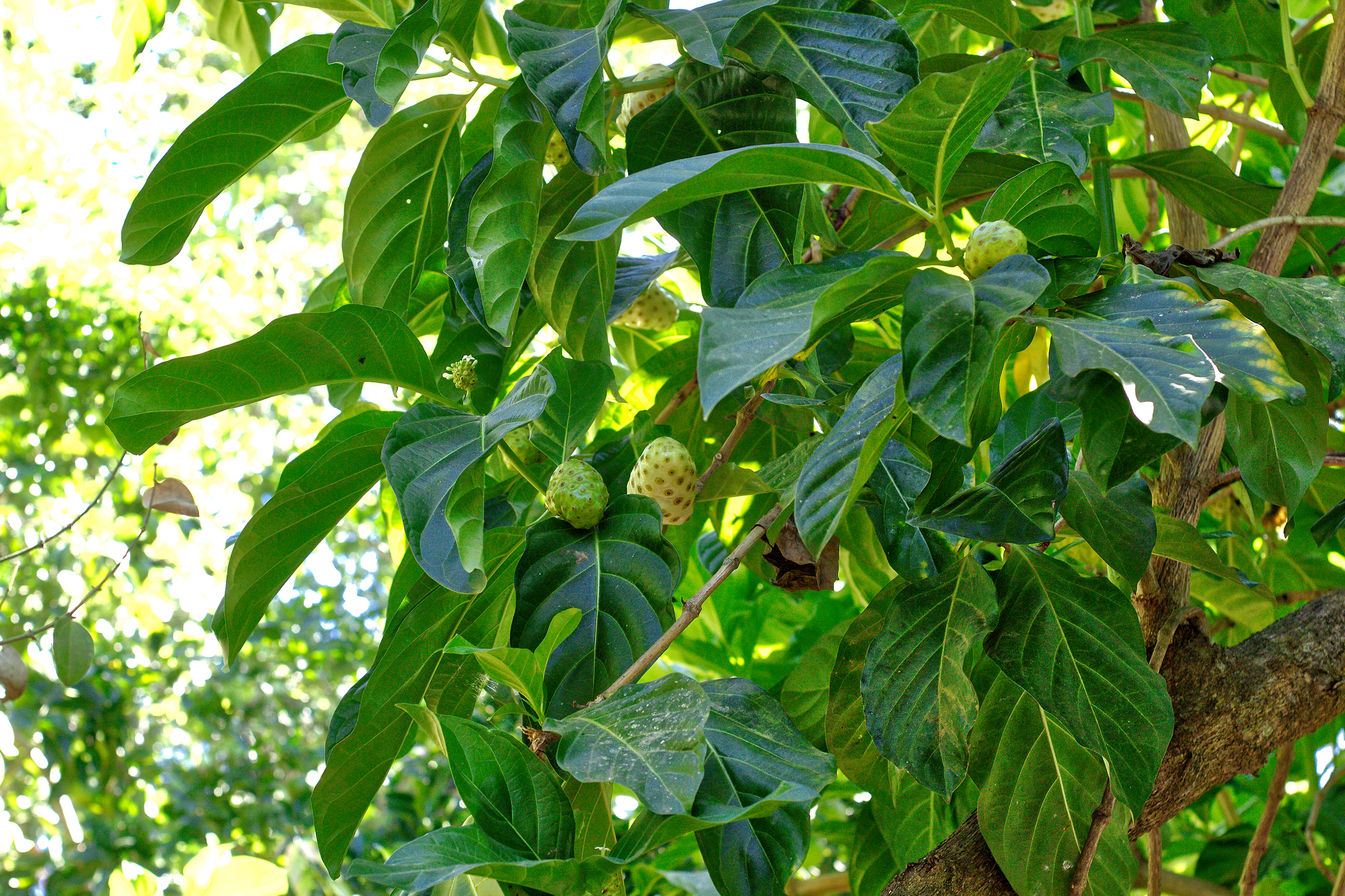
Beyond its renowned culinary scene, Oaxaca’s Sierra Sur region produces excellent high-altitude beans grown primarily by indigenous Zapotec communities. Traditional cultivation methods integrate coffee plants with food crops and native shade trees, creating biodiverse ecosystems that contrast with industrial monoculture.
The region’s plunked coffee—brewed by repeatedly pouring hot water through ground beans in a cloth filter—offers a unique preparation method rarely seen elsewhere.
Like Travel Pug’s content? Follow us on MSN.
Chanchamayo, Peru
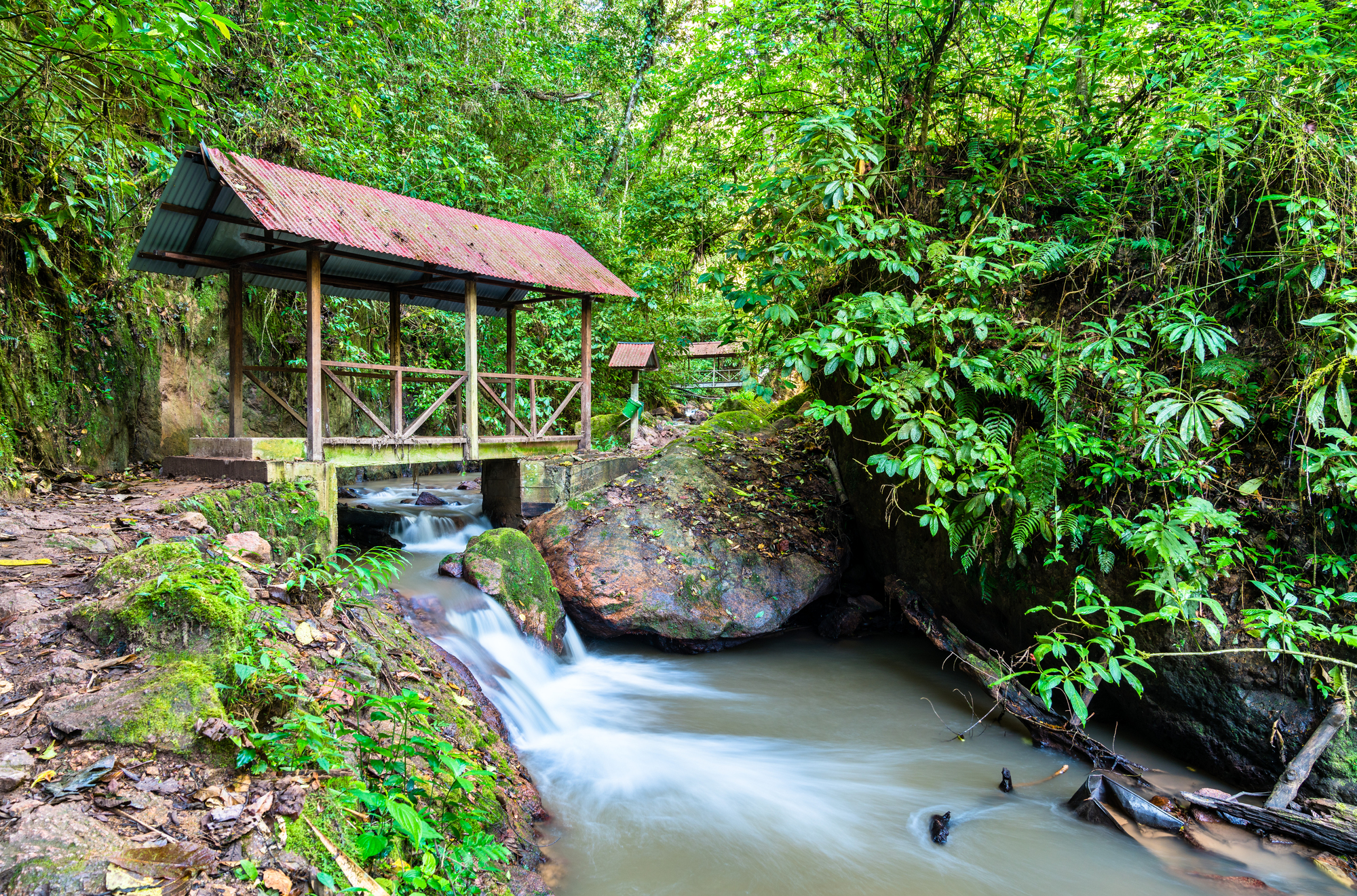
This region in Peru’s central jungle offers adventurous backpackers a glimpse into coffee production at the Amazon basin’s edge. Getting here requires a dramatic descent from the Andes into cloud forest zones where coffee grows alongside tropical fruits and exotic hardwoods.
The journey itself becomes part of the experience, with the road from Lima to La Merced revealing Peru’s remarkable ecological diversity within a relatively short distance.
Minas Gerais, Brazil
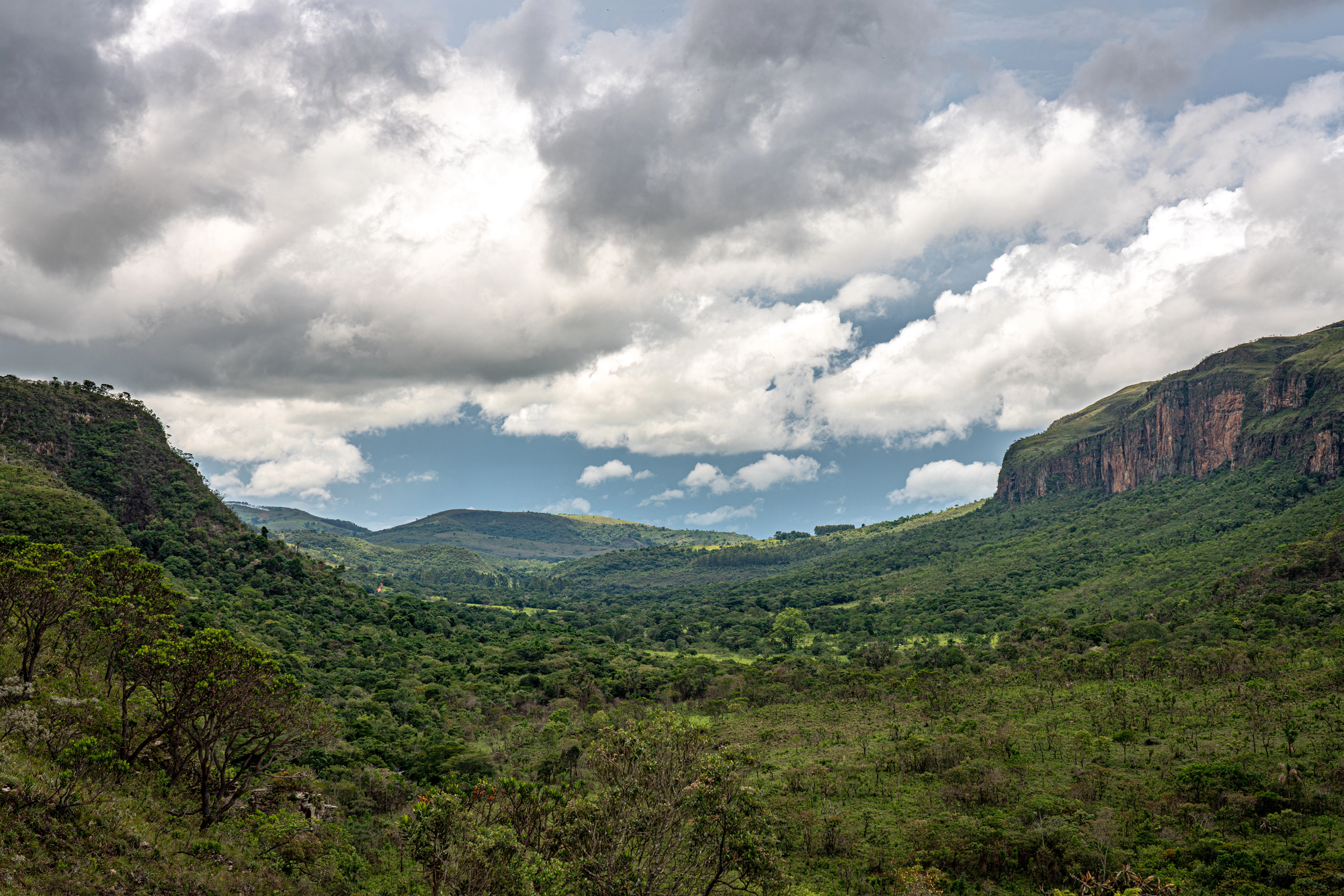
Brazil’s coffee heartland produces more beans than any other region globally, though the vast scale often overshadows the quality improvements in recent decades. The Cerrado and Sul de Minas regions offer contrasting terroirs within relatively close proximity, from the flat, mechanized farms of the Cerrado to the traditional hand-harvested mountain plots.
Backpackers can easily arrange tours from Belo Horizonte, experiencing both large-scale operations and artisanal producers.
Loja, Ecuador

Southern Ecuador’s highlands produce distinctive coffees that remain surprisingly under-the-radar compared to neighboring Peru and Colombia. Indigenous cooperatives around Vilcabamba welcome visitors for demonstrations of traditional processing methods that produce beans with floral notes and vibrant acidity.
The region’s reputation for longevity—with many residents reportedly living past 100—is attributed partly to daily consumption of mineral-rich water and locally grown coffee.
Like Travel Pug’s content? Follow us on MSN.
Matagalpa, Nicaragua

Nicaragua’s coffee country offers excellent value for budget travelers, with farm stays and tours costing significantly less than equivalent experiences in Costa Rica or Panama. Community tourism initiatives connect backpackers with small producers working to recover from the leaf rust epidemic that devastated Central American coffee several years ago.
The city itself serves as a comfortable base with good infrastructure and several excellent cafés showcasing regional beans.
Copán, Honduras
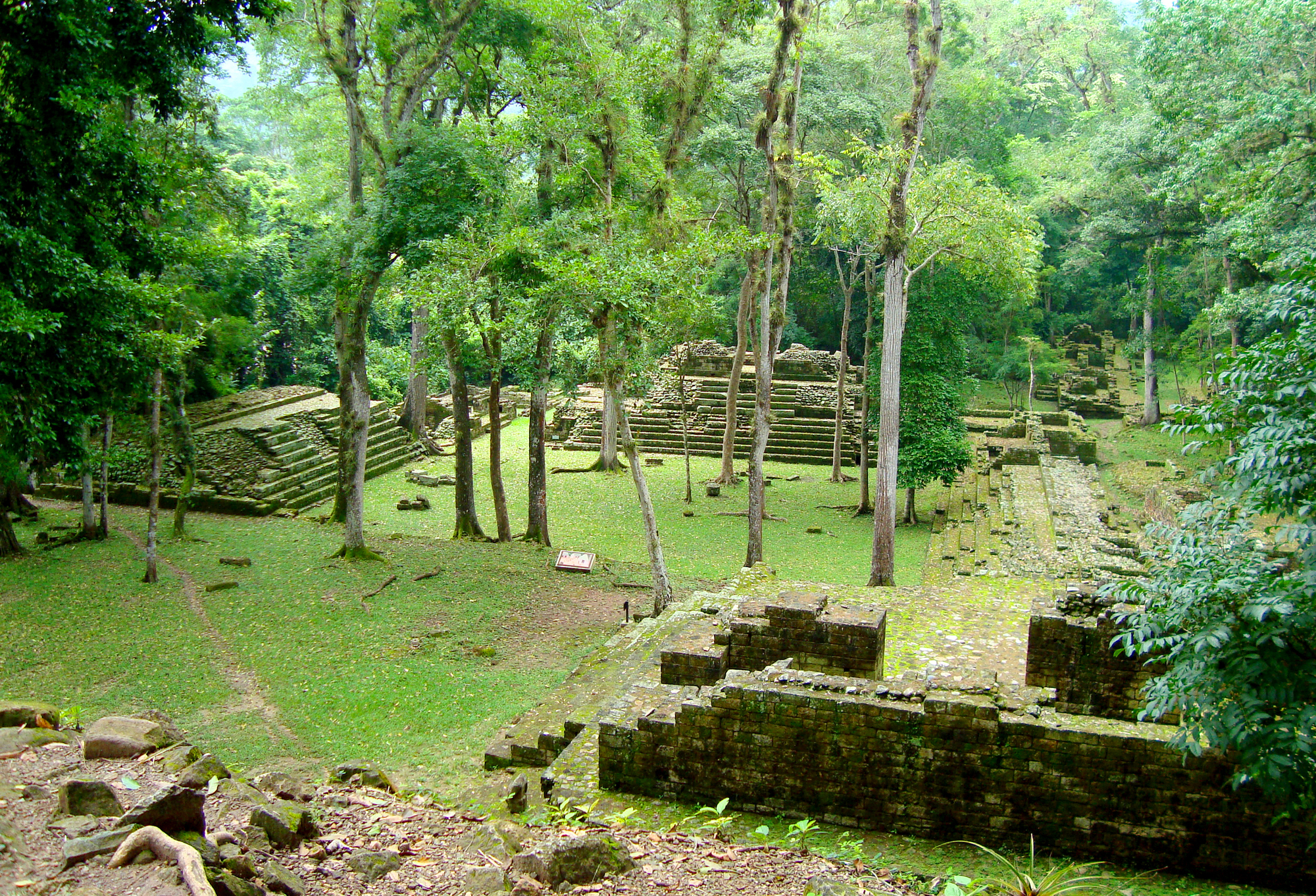
The area surrounding these famous Mayan ruins produces exceptional beans that often go unrecognized internationally due to Honduras’ lower profile in specialty coffee. Small cooperatives in nearby villages offer insightful tours explaining how altitude, shade coverage, and processing techniques influence flavor development.
Combining archaeological exploration with coffee education creates a perfect balance of cultural and agricultural tourism.
Blue Mountains, Jamaica

While Jamaica isn’t technically Latin America, its proximity and cultural connections make it a natural extension for coffee travelers working northward. The famous Blue Mountain beans command premium prices globally, though backpackers can find surprisingly affordable farm tours that explain the rigorous sorting and cultivation methods.
Misty hiking trails connect coffee communities, offering spectacular views across the mountain range that gives these beans their name.
Like Travel Pug’s content? Follow us on MSN.
Norte Santander, Colombia

This remote region bordering Venezuela produces exceptional coffees that have only recently gained international attention as Colombia’s security situation improved. Traditional farms around towns like Salazar de Las Palmas welcome the trickle of adventurous backpackers with warm hospitality and reasonable prices.
The beans here develop slowly at high altitudes, creating complex cups with distinctive regional characters yet to be fully discovered by specialty markets.
Bolivia’s Yungas Region

The precipitous road from La Paz to Coroico—once known as the ‘world’s most dangerous highway’—leads to Bolivia’s primary coffee region, where producers operate at extreme elevations. Indigenous Aymara families cultivate small plots on vertiginous slopes, creating beans with remarkable complexity that remain relatively unknown internationally.
Community tourism initiatives provide simple accommodations on working farms, offering immersive experiences in this spectacular landscape.
Quindío, Colombia
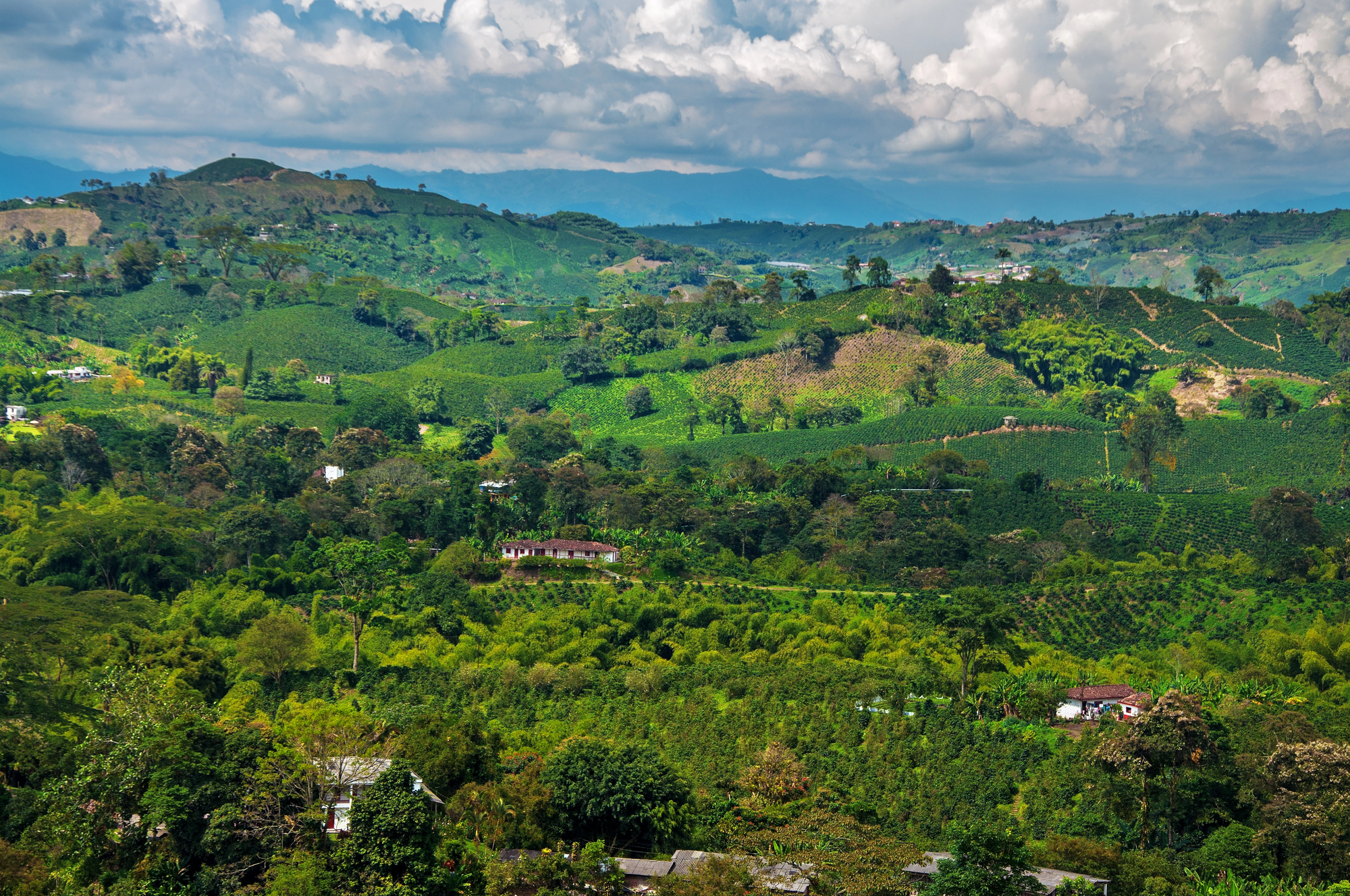
The heart of Colombia’s coffee cultural landscape offers the perfect starting point for coffee novices with its accessible infrastructure and educational focus. The region’s coffee theme park may sound touristy, but it provides excellent hands-on demonstrations of cultivation and processing techniques in an entertaining format.
Nearby towns like Filandia and Salento maintain their authentic character despite growing popularity, with numerous fincas offering tours within walking distance.
Like Travel Pug’s content? Follow us on MSN.
Acatenango, Guatemala
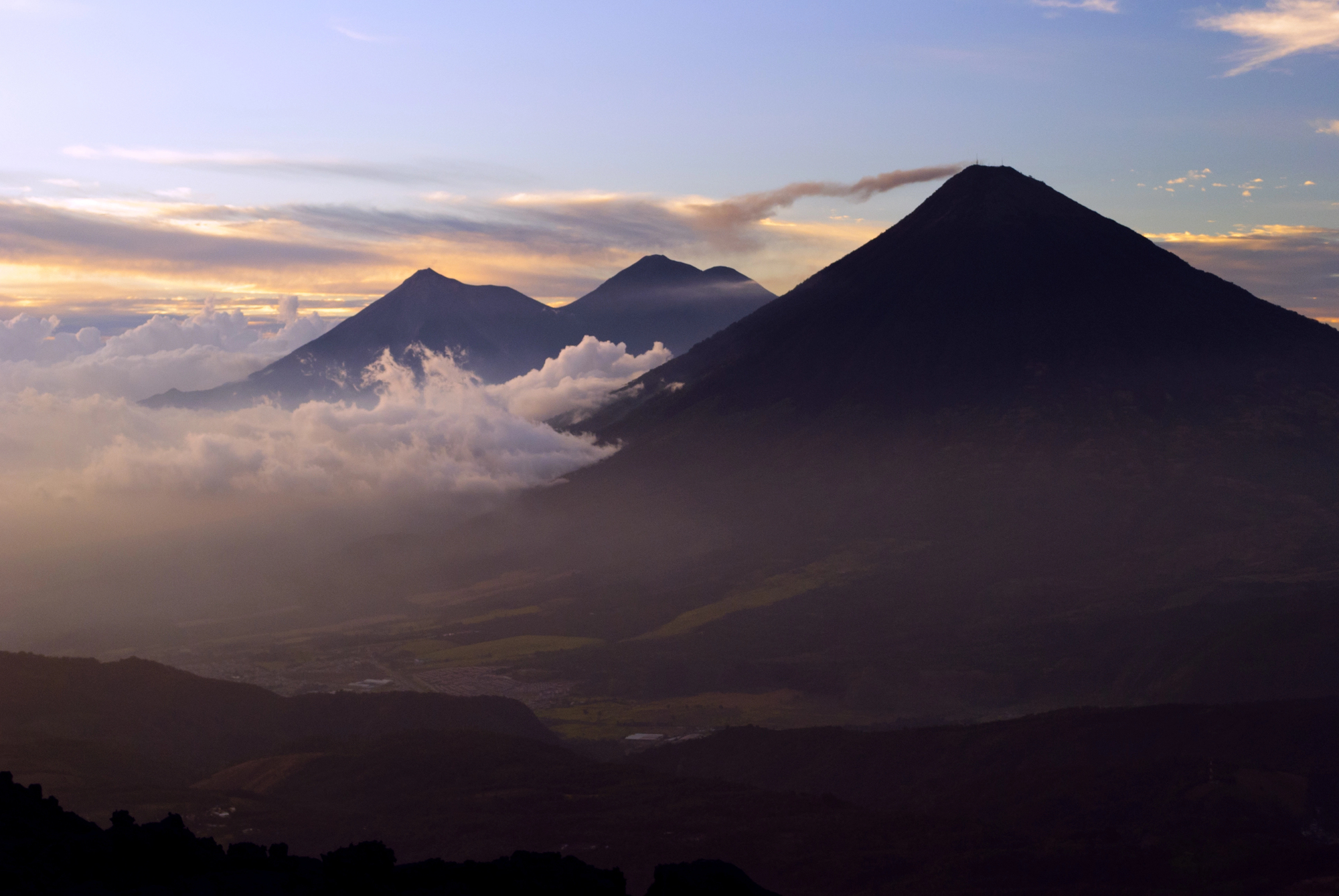
The volcanic slopes near Antigua produce distinctive coffees with smoky chocolate notes that are highly prized by specialty roasters. Ambitious backpackers can arrange overnight volcano treks that include visits to coffee farms clinging to the fertile mountainsides at various elevations.
The panoramic views of the erupting Fuego volcano create an unforgettable backdrop for understanding how volcanic soil contributes to coffee’s complexity.
Sierra Nevada de Santa Marta, Colombia
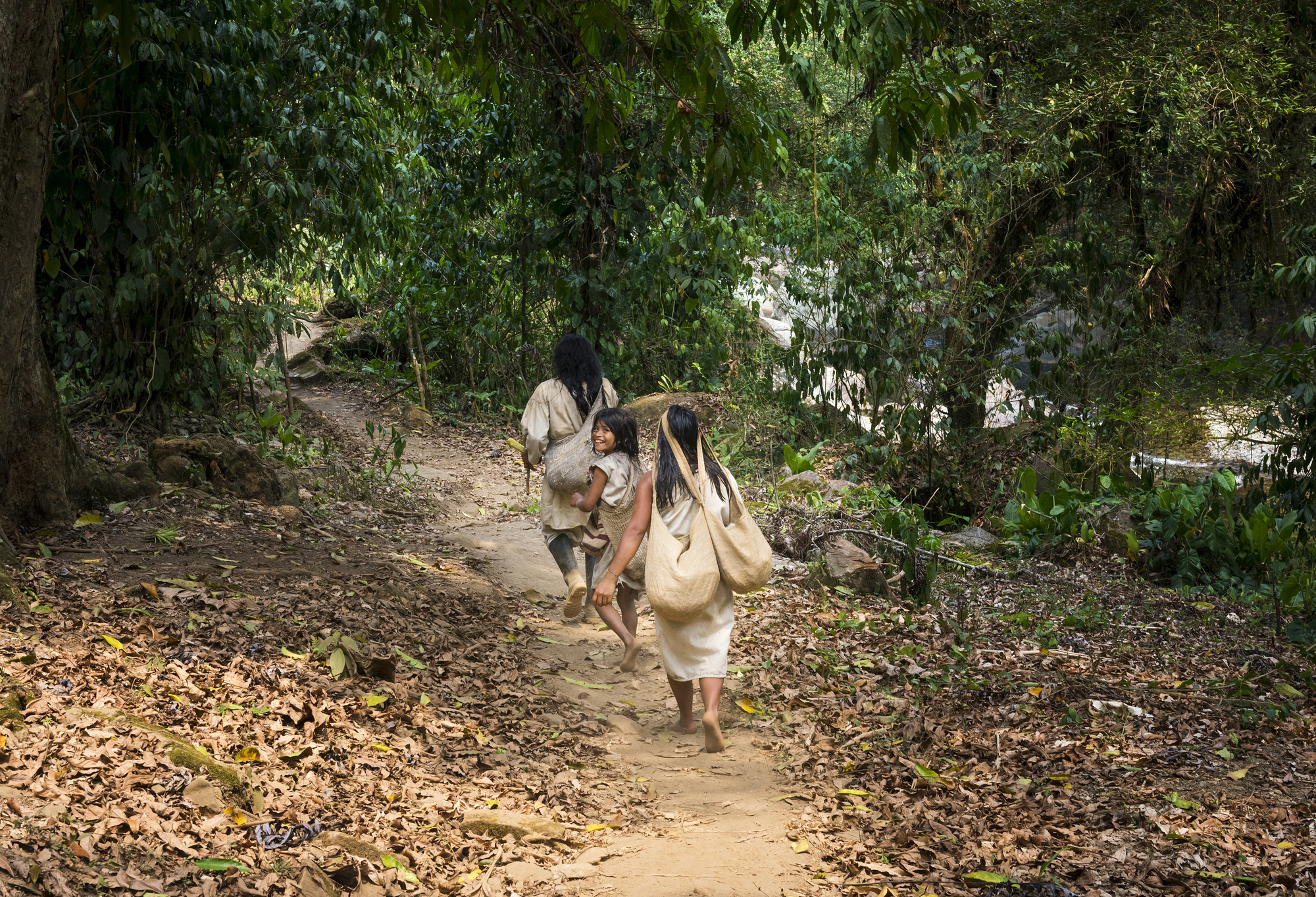
Indigenous Arhuaco communities in these isolated mountains produce limited quantities of exceptional organic coffee while maintaining traditional cultural practices.
The beans grow alongside tropical fruits and medicinal plants in biodiverse farming systems that reflect centuries of sustainable agriculture. Reaching these remote farms requires effort, but connections through fair trade organizations in Santa Marta can arrange respectful visits that provide context for understanding coffee’s cultural significance.
Liquid Geography and Cultural Connection
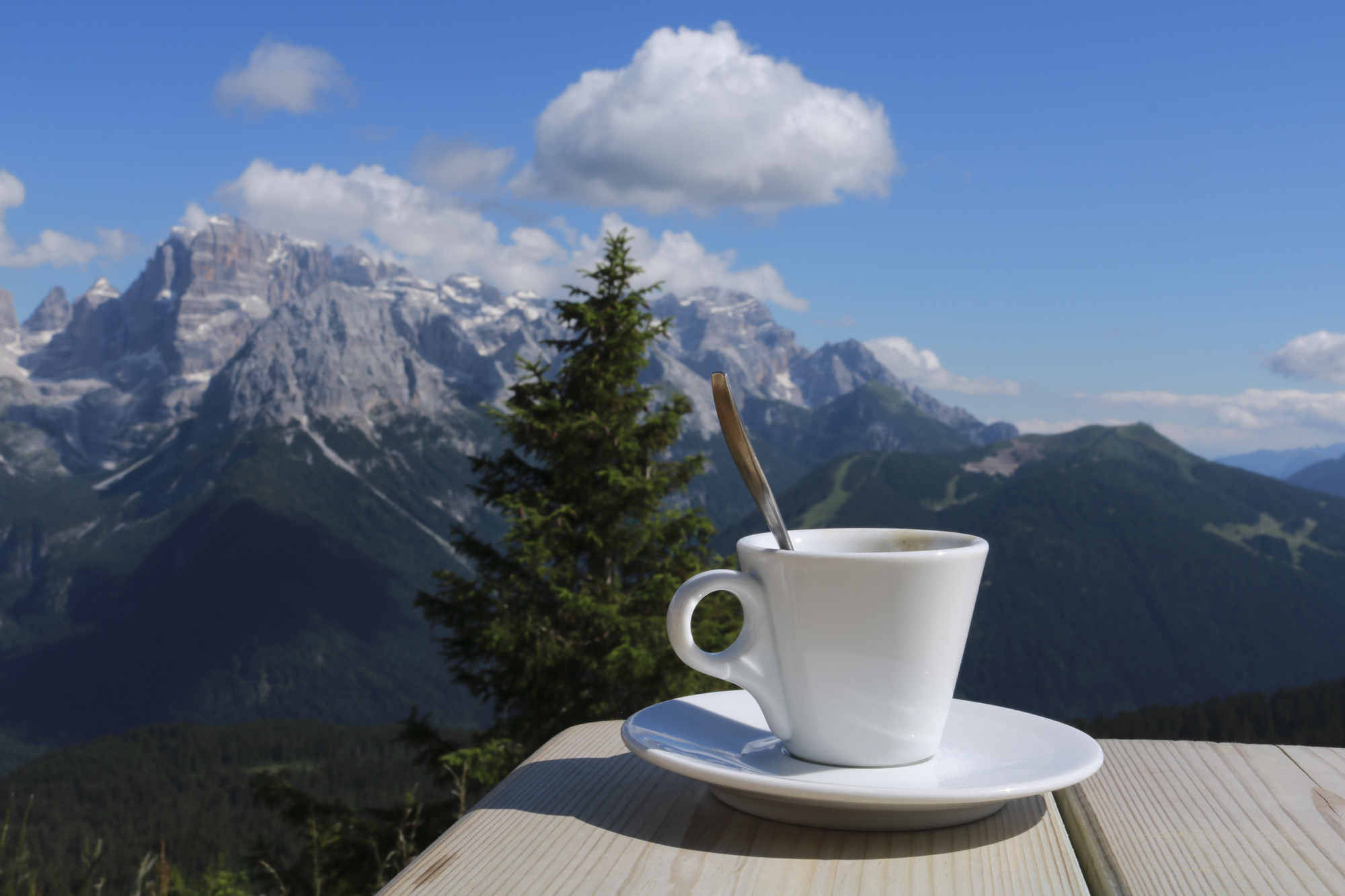
Following Latin America’s coffee trail offers backpackers more than just caffeinated beverages—it provides a framework for understanding how agriculture, economics, ecology, and culture intersect across diverse landscapes. The beans in your cup become windows into local realities, from climate change challenges to indigenous knowledge systems that have adapted to specific environments over generations.
Beyond the sensory pleasures of sampling exceptional coffees in their places of origin, this journey creates meaningful connections with the people and processes behind one of the world’s most beloved beverages. The trail reminds us that every cup contains not just flavor notes but stories—of families, traditions, and landscapes that deserve recognition with every sip.
More from Travel Pug

- Cities Growing so Fast You Won’t Recognize Them in 10 Years
- 13 Destinations Where Tourists Regularly Regret Their Trip
- 20 Obscure WWII Sites Even History Buffs Don’t Know About
- 10 Under-the-Radar Mountain Towns That Are Both Affordable and Beautiful
- 20 Abandoned Places That Feel Like Real-Life Post-Apocalyptic Movie Sets
Like Travel Pug’s content? Follow us on MSN.
